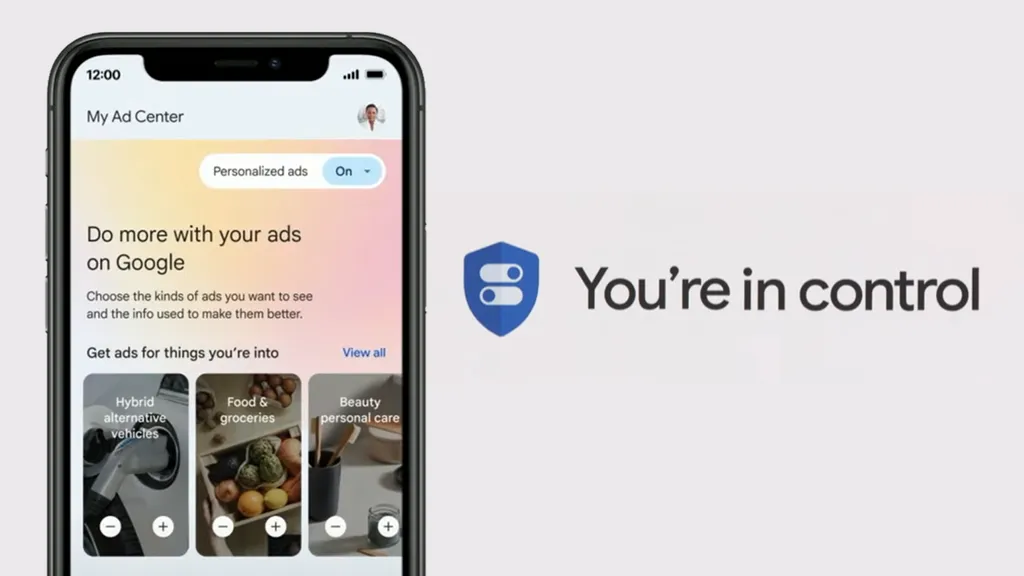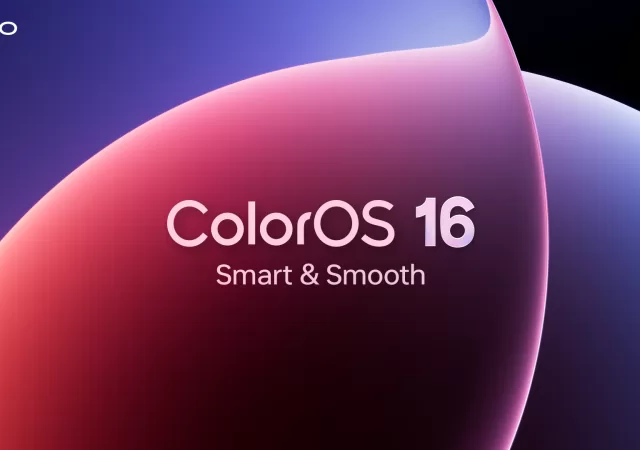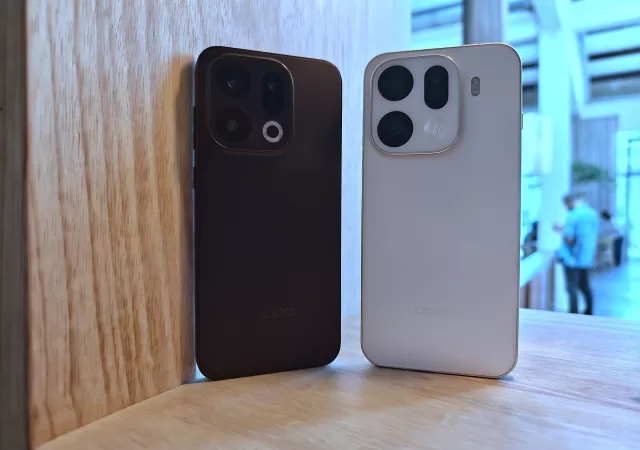This is an interview transcription. It is intended as a companion piece to our Deep Dive into Google’s My Ad Center editorial.
With the release of Google’s My Ad Center, we had a few questions that we needed to be answered. So, we sat down with a Google Spokesperson who graciously answered them and gave us further insight into the new customizations and how they would impact Google’s products.

Q: We all know by now that Google abides by a certain code when it comes to handling user data. For the benefit of those of us that may not be aware, what are these rules and how does Google implement it in-house?
Google Spokesperson:
We build privacy that works for everyone. Protecting our users’ privacy and security is a responsibility that comes with creating products and services that are free of cost and accessible for all. This is especially important as technology progresses and safety needs evolve. We look to a set of core principles to guide our products, our processes and our people in keeping our users’ data private, safe and secure.
- Respect our users, respect their privacy. We believe that these ideas are inseparable. Together, they represent a single, core belief that has influenced everything that we’ve made since day one, and everything that we’ll make moving forward. When people use our products, they trust us with their information, and it’s our job to do right by them. This means always being thoughtful about what data we use, how we use it and how we protect it.
- Never sell our users’ personal information to anyone. We use data to make Google products such as Search and Maps as useful as possible. We also use data to serve more relevant ads. While these ads help fund our services and make them free of charge for everyone, it’s important to clarify that our users’ personal information is simply not for sale.
- Make it easy for people to control their privacy. When it comes to privacy, we know that one size doesn’t fit all. Every Google Account is built with on/off data controls, so our users can choose the privacy settings that are right for them. And as technology evolves, our privacy controls evolve as well, ensuring that privacy is always an individual choice that belongs to the user.
Q: With the launch of the My Ad Center, Google is giving a degree of granular control to users when it comes to seeing ads. How will these controls impact user privacy?
Google Spokesperson:
My Ad Center builds on our commitments to privacy by giving you the ability to control what information is used to personalize the ads you see. And if you’re not sure what you’re sharing, it’s easy to quickly see what information we use, and control it based on your preferences.
You can decide what types of your activity are used to make Google products work for you — independent of the ads you’re shown. In the past, if your YouTube History was on, it automatically informed how your ads were personalized. Now, if you don’t want your YouTube History to be used for ads personalization, you can turn it off in My Ad Center, without impacting relevant recommendations in your feed.
You may also see ads meant for certain audiences based on your Google activity – categories such as education, relationship status or the industry you work in. Now you’ll be able to choose and adjust how categories inform your ads, or turn them off completely. This way, you can more easily choose the ad experience that’s right for you.
In addition, users have the ability to see fewer ads in five sensitive categories, including alcohol, dating, gambling, pregnancy and parenting, and weight loss. Before, this feature affected ads shown on YouTube and Display. Now, it expands to ads shown on Search and Discover.
Q: How does Google My Ad Center impact user experience with Google’s other products like Android, Chrome and Workspaces? Considering on Android, ads pushed via Chrome and Workspace e.g. Gmail are also based on user preferences.
Google Spokesperson:
My Ad Center gives you control over the kinds of ads you see across Google’s surfaces including YouTube, Search and Discover – in fact, when you’re signed into Google, you can access My Ad Center directly from ads appearing on these three platforms, allowing you to manage your ad preferences without interrupting what you’re doing online.
(Background: My Ad Center will not affect the user experience of Android, Chrome and Workspace. My Ad Center provides control over the ads that user sees on Google’s properties such as Search display ads and YouTube, but does not alter the user experience of those properties itself)
Q: My Ad Center brings in a new dimension of personalisation when it comes to ads. How will this data be used by Google when it comes to serving ads to individuals who utilize the dashboard? Will it impact the ads being served to those that don’t use My Ad Center?
Google Spokesperson:
My Ad Center starts with an entirely new, friendly and clear experience that offers more granular and flexible controls as well as visibility into which ads and categories are used to serve ads. For the first time, users will be able to tell us what they want in addition to what they don’t want when it comes to ads – in the ads themselves. My Ads Center is the complementary Google content experience, where users tune the ads they see by choosing both what types of ads they want to see and what information is used to power them. We’ve also kept the option to turn off ads personalisation and feature it prominently across the product experience.
Q: In My Ad Center, users are able to select ads they wish to see from brands and companies they like. They are also given the ability to remove ads from those they don’t. These personalisations could possibly create a potent echo chamber that can falsely affirm dangerous ideologies. What has Google done to ensure that these personalisations don’t hinder open discourse or cause the spread of misinformation?
Google Spokesperson:
Google have long since prioritised transparency, choice and control when it comes to the ad experience for users. My Ad Center offers more granular and flexible controls as well as visibility into which ads and categories are used to serve ads.
In this regard, users will be able to choose which topics they want to see more or fewer ads about. Users can only choose to block ads for select sensitive categories such as alcohol, gambling, weight loss, dating and parenting.
All Google ads must abide by our advertising policies.
Q: In countries like the United States and Canada, it’s common to be inundated with political ads. In other parts of the world, we may see ads from organisations like the UN. How is Google addressing the potential bias that personalisations on My Ad Center can influence the outcomes of grassroots initiatives and potentially a nation’s political landscape?
Google Spokesperson:
See response above
Q: Google My Ad Center also brings up concerns with advertisers when it comes to advertising on Google’s platforms – particularly with distribution, CPM and CTRs. What measures is Google taking to make sure that these personalisations don’t negatively impact advertisers?
Google Spokesperson:
The My Ad Center features are to provide users with more transparency, choice and controls. There is no plan to change how advertisers can target their campaigns in our ad products. However, where we see the advantage for advertisers is their ads being seen and engaged with by users who are genuinely interested in their products and their brand topics.
Q: What should advertisers be aware of in the first few months after the rollout of My Ad Center? How can they factor this major change into their advertising plans?
Google Spokesperson:
The choices users make will be automatically incorporated into the signals we use to personalise ads. There is no action needed from advertisers that want to serve ads to users who are interested in their brand or topic.





